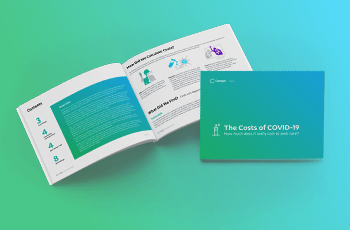
Reopening the U.S. Economy is Really a Local Issue
Can retail clinics and pharmacies help us safely get back to work?
This report was published on May 15, 2020. Since then, states have continued to expand testing capacity. If you plan to use the data in this report to make decisions for your company or municipality, or would like to publish these results, please contact Press@CastlightHealth.com for the most current data.
Download the report.

Executive Summary
Castlight performed an analysis of our comprehensive COVID-19 test site finder to examine states’ capacity to collect enough COVID-19 tests to safely re-open the U.S. economy.
- Safely re-opening the U.S. economy will require a substantial increase in COVID-19 testing. There is broad agreement the United States needs additional COVID-19 testing capacity to begin to reopen the economy and return to work safely. According to experts, at a minimum we need the ability to test roughly 1 percent of the U.S. population (3 million people) every seven days to get there. Current testing levels are just over half that pace.
- On the surface, most states would appear to have adequate collection capacity. 46 of the 48 contiguous states have enough testing sites to test 1 percent of their population every seven days. Each testing site can collect a range of between 32 and 480 tests per day depending on the type of testing site (retail clinic, standalone, hospital, or pop-up testing site). Only Kentucky and Colorado do not have enough sites overall to test one percent of their population every seven days.
- But testing sites are distributed unevenly within states, leaving wide swaths of citizens vulnerable. An analysis of county-level data shows that 38% of metro counties (those with populations at or greater than 50,000) and 68% of rural counties (with populations under 10,000) have no testing sites at all.
- Retail clinics could be the answer to closing this gap in test coverage. A number of retailers have announced plans or begun to open testing sites across the country. Many of these retailers have a wide geographic footprint, many operating stores in locations that currently do not have any or adequate testing sites. Each retail testing location can collect an average of 200 tests per day, potentially helping many counties reach the 1 percent threshold.
The Need for Widespread Testing
As states begin lifting stay at home orders, many businesses are considering how and when to safely return to work. In the absence of a vaccine, quickly identifying COVID-19 cases with a diagnostic test, tracing close contacts, and isolating those infected offers the best way to contain the spread of the highly infectious virus and allow some businesses to resume operations. Public health officials agree that the United States is still falling short when it comes to testing.
While there is no exact number of tests that, once reached, will guarantee safety, experts have estimated that we would need to test between 3 million to 30 million people per week to begin safely reopening the economy. During the first week of May, the U.S. averaged only about 260,000 tests per day, just over half the minimum recommended amount.
Analysis of Testing Collection Capacity
We conducted an analysis using data from our comprehensive testing site database to understand if states are equipped to collect the minimum number of tests experts say we need — the ability to test one percent of their population every seven days. We looked at the average test collection time, average number of collection staff per shift, operating hours, and the average number of days open per week to calculate the average number of tests different types of collection sites have the capacity to collect in a day.
The state-level analysis seemed positive—46 of the 48 contiguous states were shown to have enough testing site capacity. Only Colorado and Kentucky fall short of this metric.
But when we drilled down to the local level, we found many regions lack accessible testing capacity to safely reopen their economies and communities.
- More than half (54 percent) of America’s counties have zero COVID-19 testing sites.
- This testing shortfall is not limited to counties with very low populations.
- Of 1,176 metro counties, meaning they have a population above 50,000, 38 percent have zero testing sites.
- For the 721 micro counties with a population between 10,000 and 49,999, 56 percent have no testing site.
- For the 1,210 rural counties with a population less than 10,000, 68 percent have no testing site.
- Even among counties that have testing facilities, 58 percent do not have enough capacity to meet minimum recommended levels for their population.
Retail to the Rescue
Recently, retailers like CVS, Walgreens, and Walmart announced that they will be partnering with the government in an effort to open new testing sites across the country. Each retail testing site can collect about 200 tests per day. Our analysis shows that where these retailers locate the new testing sites will make all the difference.
Taking two examples of Texas and Florida, we can illustrate just how unevenly testing capacity is currently distributed across states, and how retailers can play a pivotal role in getting the country back to work by setting up testing infrastructure where it is needed most.
Rural Access Challenges in Texas
Intuitively, it makes sense that COVID-19 testing centers would have initially sprung up in large population centers, like Houston. Urban centers were especially at-risk to become hotspots because of travel through major airports and the density of their populations, and they also likely already had health care facilities that could quickly adapt to become COVID-19 testing locations.
Houston, Dallas, and Austin are actually exceeding the mark in terms of testing capacity.
- Harris County, where Houston is located, currently has the capacity to collect tests for 1.8 percent of its population every week.
- Dallas County can collect tests for 1.4 percent of its population every week.
- Travis County, where Austin is located, can collect tests for 2.3 percent of its population every week.
However, that extra capacity cannot help practically serve the populations in the central and western regions of the state facing limited access to testing.
- There is a cluster of 26 counties in the middle of Texas with zero testing facilities, leaving approximately 315,000 people without access to COVID-19 testing.
- For example, for individuals or families living in Haskell, Texas and its surrounding areas, the two closest testing sites are located in Crosbyton, which is 112 miles and 1.75 hours away, or Wichita Falls, which is 100 miles and 1.5 hours away.
Aside from the fact that it would be an undue burden to ask people to drive that far to get a COVID test before returning to work, it would be risky to have people traveling across the state without knowing if they are carrying the virus and potentially spreading it to others.
While there is no testing site currently located within a reasonable distance from Haskell, TX, there is a Walmart Supercenter located in Stamford, TX, just about 16 miles away. If Walmart chose to open one of its testing facilities in that location, it could serve what is currently a testing site desert, ensuring that people living in this area could access testing at the rates needed to allow for them to safely begin returning to work.
A Populous Testing Site Desert in Florida
The testing site distribution in Florida is similar to that in Texas, with capacity concentrated among a few urban centers, but with many counties lacking any testing facilities at all.
- There is a large cluster of (10) counties in central Florida, along the I-10 corridor between Jacksonville and Tallahassee, with zero testing facilities across a span of 160 miles, leaving approximately 270,000 people without suitable access to a COVID test.
- There are Walmart and CVS stores located in Live Oak, FL and Lake City, FL.
- These two retail testing locations collecting the average of 206 tests per day would meet the threshold of testing on percent of the population per week for the population along the I-10 corridor between Jacksonville and Tallahassee.
Conclusion
When examined at a local level, COVID-19 testing capacity across the United States currently leaves wide swaths of the country, mostly rural, without adequate testing capacity to safely re-open their communities and economies. Due to their broad geographic distribution across urban, suburban and rural locations, retail clinics may be our best hope to lay the testing groundwork needed to safely return the nation to work. By looking across the country and understanding where testing capacity is available, retailers can use their existing infrastructure to fill gaps in COVID-19 testing where health care facilities and other clinics cannot.
Castlight has built a comprehensive directory of COVID-19 testing sites across the U.S., and this data is available to help retailers identify communities with the greatest testing need and inform decisions about where to prioritize providing testing capacity in store locations. For any retailer interested in accessing our data set or working with our team to learn more, please contact mmoran@castlighthealth.com.
